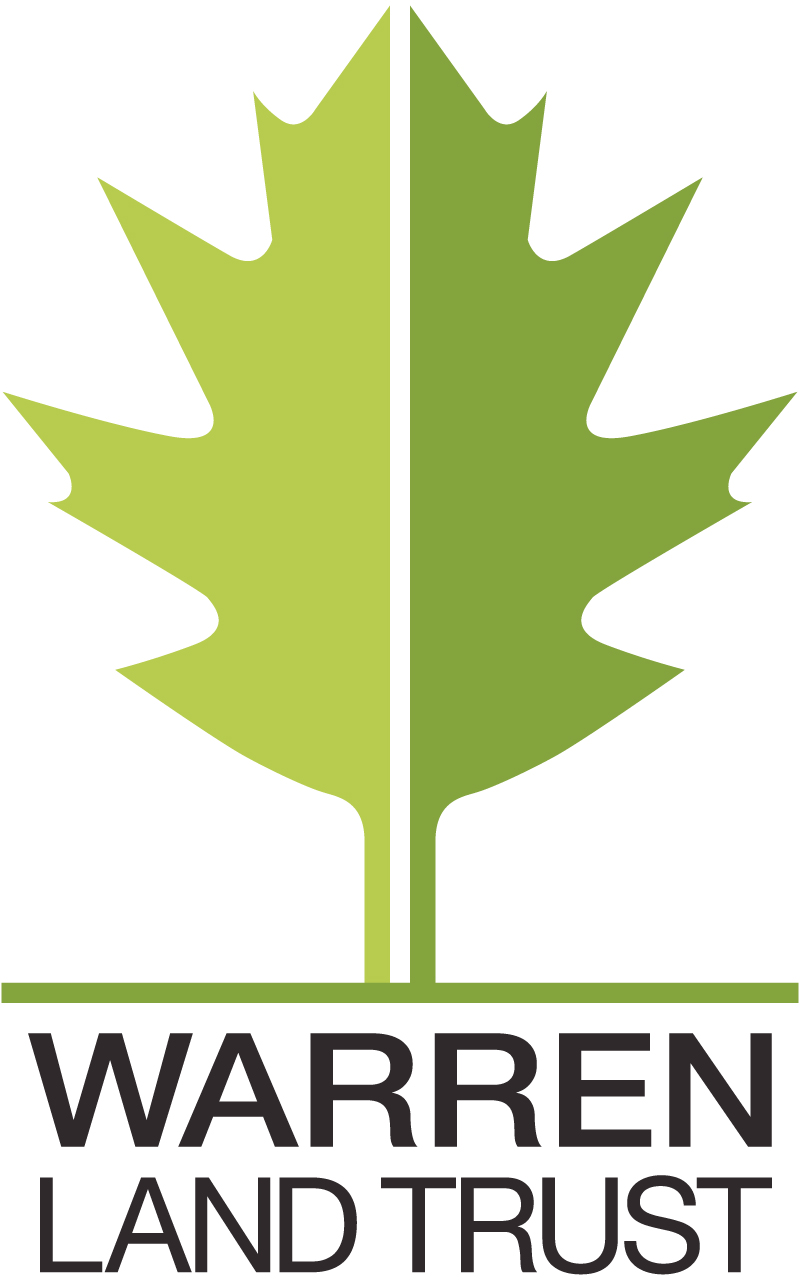THE WARREN CONSERVATOR FALL 2020
From The President’s Desk
Dear Friends and Neighbors,
It’s a beautiful Saturday in mid-October – sun shining, trees decked in autumn hues, clear blue sky and crisp Fall air. Am I out in the woods hiking? Running along Lake Waramaug? Biking in the Warren hills? Nope, nope, and nope. I am sitting in my kitchen at my computer, participating in the 2020 Connecticut Land Conservation Council (CLCC) conference which is, of course, on Zoom. Do I mind? Not at all, actually!
CLCC’s annual conference is always interesting, informative, and inspiring in equal measure. Aside from bringing together CT’s substantial and vibrant land conservation community, conference panels and workshops provide useful how-to information on topics of
interest to those organizations. But this year’s conference was different, and not just because we couldn’t gather in person. The 2020 conference theme was “Connecting the Dots: The Pandemic, Health, Justice, and Climate Change.” Clearly, CLCC was thinking more broadly and deeply this year, and was inviting participants to come along for the ride.
A few days later (which will have become many more by the time you read this), I’m still mulling and processing. CLCC is a statewide organization, and some important aspects of the conference’s themes – such as equitable access to a healthy environment and outdoor recreation, and the importance of increasing green spaces in urban areas – are less immediately applicable to or practicable by the Warren Land Trust.
Warren may lack certain conveniences, but we have never lacked for easy access to the great outdoors. And WLT’s preserves and trails have always been open to all.
My conference takeaways this year are impressionistic, but thought-provoking. I was interested to hear a scholar discuss how conserving open space mitigates climate change and enhances biodiversity, which then helps curb pandemics by fostering the survival of predators who keep in check species harboring pandemic pathogens. I was prompted to consider which Native American tribe(s) might have lived on land WLT now owns, and how they used that land (stay tuned for a future program with the Institute for American Indian Studies, a great local resource, on that topic). More fundamentally, I was led to question my mental image of an outdoorsperson - why that figure looks as it does in my mind’s eye. Why might some of us feel more welcome or comfortable in a state park or on a land trust trail than others? Why does that matter, and how can that state of affairs be changed? If these questions or concerns resonate with you, I’d urge you to check out CLCC’s website (www.ctconservation.org) for the program and more information (presenters were uniformly fantastic – Rue Mapp of Outdoor Afro was particularly impressive).
In the meantime, I hope you will get out and enjoy our preserves and trails – there’s no better place to do some serious thinking!
Rebecca Neary
President
